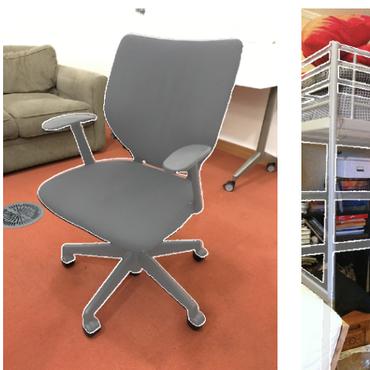Learning Equivariant Representations
State-of-the-art deep learning systems often require large amounts of data and computation. For this reason, leveraging known or unknown structure of the data is paramount. Convolutional neural networks (CNNs) are successful examples of this principle, their defining characteristic being the shift-equivariance. By sliding a filter over the input, when the input shifts, the response shifts by the same amount, exploiting the structure of natural images where semantic content is independent of absolute pixel positions. This property is essential to the success of CNNs in audio, image and video recognition tasks. In this thesis, we extend equivariance to other kinds of transformations, such as rotation and scaling. We propose equivariant models for different transformations defined by groups of symmetries. The main contributions are (i) polar transformer networks, achieving equivariance to the group of similarities on the plane, (ii) equivariant multi-view networks, achieving equivariance to the group of symmetries of the icosahedron, (iii) spherical CNNs, achieving equivariance to the continuous 3D rotation group, (iv) cross-domain image embeddings, achieving equivariance to 3D rotations for 2D inputs, and (v) spin-weighted spherical CNNs, generalizing the spherical CNNs and achieving equivariance to 3D rotations for spherical vector fields. Applications include image classification, 3D shape classification and retrieval, panoramic image classification and segmentation, shape alignment and pose estimation. What these models have in common is that they leverage symmetries in the data to reduce sample and model complexity and improve generalization performance. The advantages are more significant on (but not limited to) challenging tasks where data is limited or input perturbations such as arbitrary rotations are present.
PDF Abstract






 ImageNet
ImageNet
 MS COCO
MS COCO
 KITTI
KITTI
 SVHN
SVHN
 ShapeNet
ShapeNet
 ModelNet
ModelNet
 Matterport3D
Matterport3D
 PASCAL3D+
PASCAL3D+
 ShapeNetCore
ShapeNetCore
 Pix3D
Pix3D